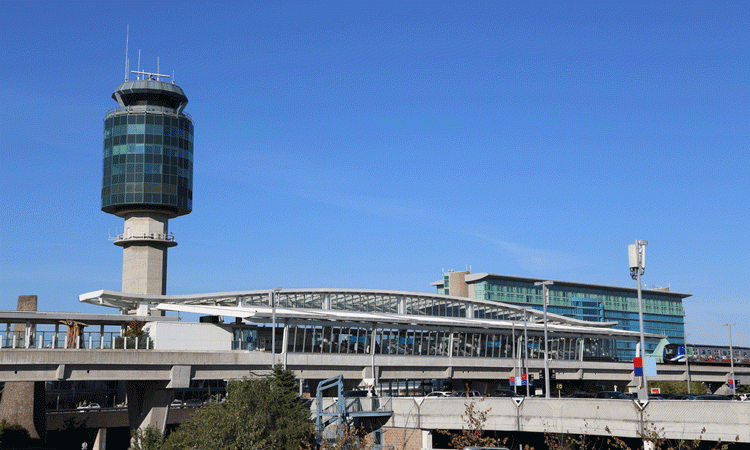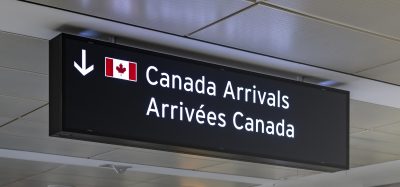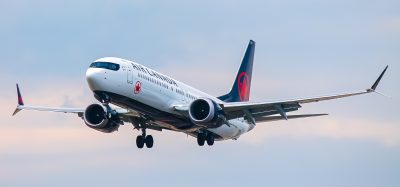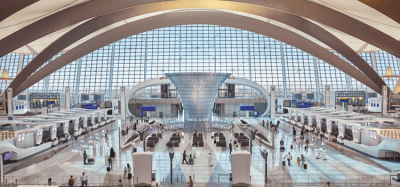Following the increase, YVR’s AIF will continue to be one of the lowest among the eight major Canadian airports with only Ottawa International Airport collecting a lower fee of $23. Additionally, YVR is the only major airport to offer a heavily discounted rate for regional travel at $5 for flights within B.C. and to the Yukon.
Richmond also shared early results from YVR’s latest economic impact study, showcasing the airport’s role in driving economic benefits for the region. Through its operations, tourism and cargo, YVR helps facilitate $20.2 billion in total economic output, $10.4 billion in total GDP and $1.4 billion in total government revenue in B.C. In addition, YVR supports more than 26,500 jobs on Sea Island and over 126,000 jobs across the province. These numbers are up significantly from YVR’s previous economic impact study in 2015.
YVR earned revenue from three main sources: Aeronautical revenue (25 per cent), non-aeronautical revenue (44 per cent) and the AIF (31 per cent), as of 2018.
First introduced in 1993, the AIF can only be used to pay for capital infrastructure projects such as terminals and runways. The AIF is essential as the Canadian government does not provide funding to operate YVR and revenue generated from aeronautical and non-aeronautical sources is not enough to cover both the costs of operating the airport and the major capital projects needed to enhance and maintain it. YVR has collected $2.2 billion from the AIF since its inception in 1993 and has spent $3.7 billion on capital projects during that same time frame.
YVR just completed 74 months of consecutive, year-over-year growth, which enables the airport to deliver on its public mandate – to provide economic and social benefits to its communities. Given this growth, YVR is currently underway with a multi-billion-dollar capital expansion programme that will see up to 75 major projects completed over the next 20 years.
Craig Richmond, President and CEO, Vancouver Airport Authority, said: “When major Canadian airports were privatised in 1992, we were given a very clear and powerful public mandate – to make the best possible use of airport lands, in such a way to provide social and economic benefit to our communities. Vancouver Airport Authority uses this mandate as a guiding light for all decisions.
“Our unique, community-based operating model has helped us grow into a powerful connecting hub and economic contributor – one that supports thousands of jobs, connects local companies with customers around the world and welcomes millions of visitors to our province every year. YVR’s public interest mandate, combined with our unique operating model, allows us to think strategically and make decisions with the future in mind.
“We recognise this might not be a popular decision with the public, but the increase to the AIF is absolutely necessary for the long-term financial health of the airport and the benefit of our community. It is our responsibility to be stewards of this airport and ensure that in 20 years we see a thriving airport, still making good on our public mandate – and that we have not tied the hands of future boards that would have to make drastic decisions on cutting back on construction or changing the level of service.
“When we looked out at our capital asset requirements, our debt load and interest coverage ratio, our anticipated passenger traffic and thus aeronautical and non-aeronautical revenues, we determined an increase is necessary to ensure the long-term financial health of the airport.
“If we took away the AIF, YVR wouldn’t be able to keep up. We wouldn’t be able to make sound decisions that have the success of future generations in mind or meet regulatory requirements. Our infrastructure would wear down, the passenger experience would decline, people would choose other airports for connections and we would not be able to deliver on our public mandate to provide economic and social benefits to our communities.



















